We were thinking about what post-COVID opera might be like. Can we really go back to operas with parties with women coughing themselves to death in the corner (La Traviata), with false doctors (any number of operas from 1730 forward)? Dinner parties (Don Giovanni)? Out. Visiting the dying (Gianni Schicchi).? Out. We think that new operas might come up in popularity.
We can do new things, like take trips! To faraway places! Rossini showed us we could take Il viaggio a Reims.
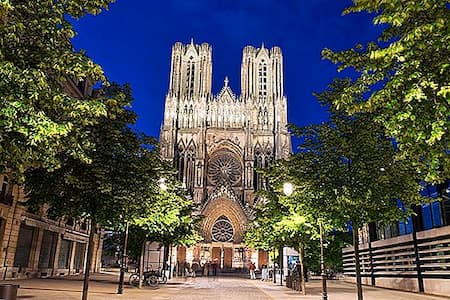
Reims Cathedral
Gioachino Rossini: Il viaggio a Reims: Introduzione – Scene 1: Presto, presto… su, coraggio! – Scene 2: Benché, grazie al mio talento (Olesya Berman Chuprinova, Maddalena; Baurzhan Anderzhanov, Don Prudenzio; Lucas Somoza Osterc, Antonio; Poznań Camerata Bach Choir; Virtuosi Brunensis; Antonino Fogliani, cond.)
Or, if you’re still suffering from COVID losses, you could watch Tobias Picker’s An American Tragedy.
Tobias Picker: “An American Tragedy” (2014)
As a modern metaphor for our quarrelling world, we could watch Charpentier’s 1685 chamber opera Les arts florissants. The Arts (painting, poetry, architecture, and music), flourishing under the reign of Louis XIV, witness a struggle between La paix (Peace) and La discorde (Discord). In the end, Discord gets chased back to Hades by Jupiter and Peace rules again. Opera could set the way for the world, with the Arts leading the way!
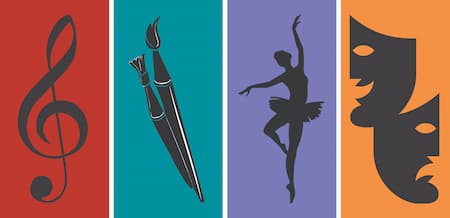
The Arts
Marc-Antoine Charpentier: Les Arts florissants, H. 487 – Overture (Les Arts Florissants; William Christie, cond.)
We could update Verdi’s 1859 masterpiece Un ballo in maschera to be Un ballo senza Maschera! Or, in masks for those who understand that prevention is better than the cure.
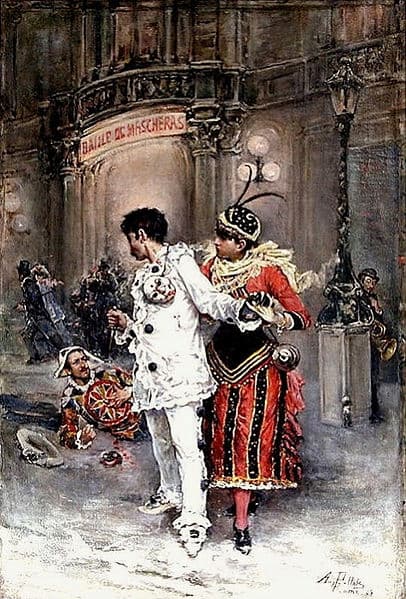
August Pollak: Scene from Un ballo in Maschera, 1884
Giuseppe Verdi: Un ballo in maschera – Prelude (Vienna State Opera Orchestra; Jesús López-Cobos, cond.)
We can now go out and get trimmed up by our favourite Barber of Seville.
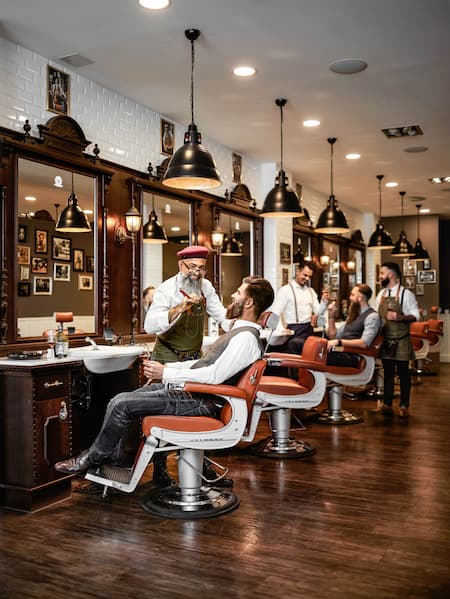
Hagi’s Barbershp, Dusseldorf
Gioachino Rossini: Il barbiere di Siviglia (The Barber of Seville) – Act I: Cavatina: Largo al factotum della cittá (Leo Nucci, Figaro; Bologna Teatro Comunale Orchestra; Giuseppe Patanè, cond.)
We can attend weddings again, such as Figaro and Susanna’s.

A Wedding
Wolfgang Amadeus Mozart: Le nozze di Figaro (The Marriage of Figaro), K. 492 – Act II Scene 2: Arietta: Voi, che sapete che cosa e amor … Bravo! che bella voce (Frederica von Stade, Cherubino; Anna Tomowa-Sintow, Contessa; Ileana Cotrubas , Susanna; Vienna Philharmonic Orchestra; Herbert von Karajan, cond.)
Now that Australia is opening, we can visit Bizet’s 1867 La jolie fille de Perth.

Perth
Georges Bizet: La jolie fille de Perth (reconstructed by D. Lloyd-Jones): Act II: Divertissement, Ballet – Danse Bohemienne (Nouvel Orchestre Philharmonicque; Georges Prêtre, cond.)
We could run away with Johann Strauss II’s Gypsy Baron.
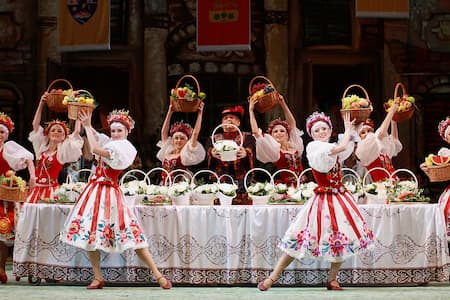
Scene from The Gypsy Baron (photo by Alexander Matsko)
Johann Strauss II: Der Zigeunerbaron – Act III Scene 6: Finale: Heiraten vivat! (Vienna State Opera Chorus; Vienna Philharmonic Orchestra; Clemens Krauss, cond.)
We could explore the wilds and bet with Minnie for a man’s life in Puccini’s La fanciulla del West.
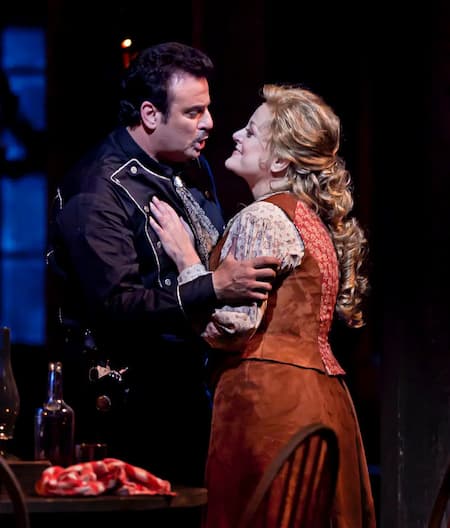
Marcello Giordani and Deborah Voigt in La fanciulla del West , 2010 (Metropolitan Opera)
(photo by Sara Krulwich)
Giacomo Puccini: La fanciulla del West – Act II: Una partita a poker! (Eva-Maria Westbroek, Minnie; Ashley Holland, Rance; Frankfurt Opera and Museum Orchestra; Sebastian Weigle, cond.)
Or perhaps it’s all A Midsummer Night’s Dream.
Felix Mendelssohn: A Midsummer Night’s Dream, Op. 21 – Overture (Rotterdam Philharmonic Orchestra; Jeffrey Tate, cond.)
But, in the end we shall be guided by Verdi’s 1862 tragedy, La forza del destino.
Verdi: La forza del destino – Overture (Veneto Philharmonic Orchestra; Lukas Karitynos, cond.)
Stay well, stay wary, and remember that when we wore masks and washed our hands, we didn’t have a flu season!
For more of the best in classical music, sign up to our E-Newsletter



